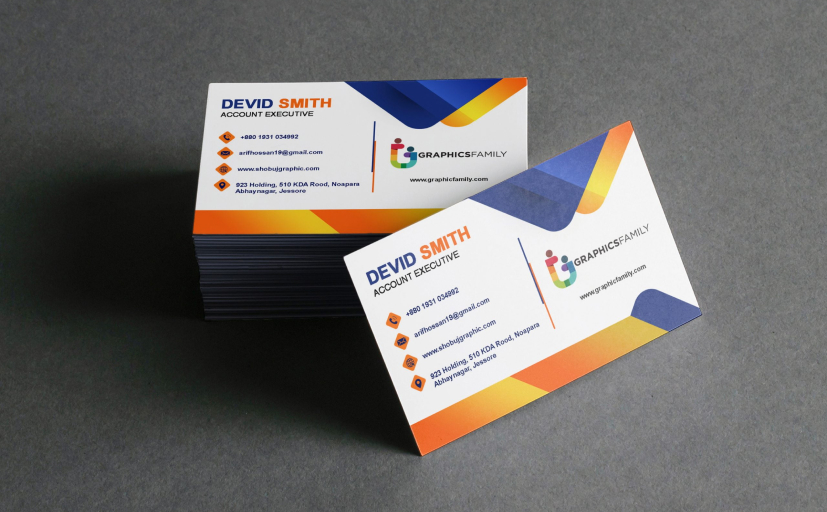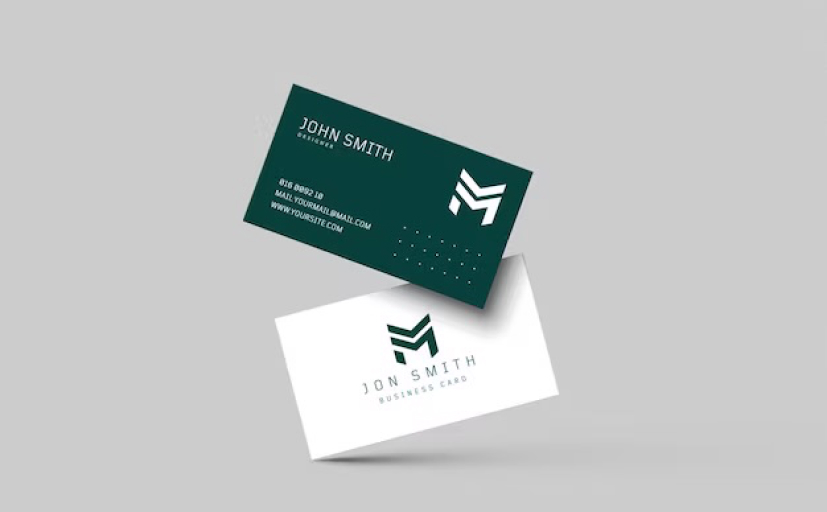In today’s diverse business landscape, business cards come in various types, each designed to serve specific needs and make a unique impression. Whether you want to stand out with a creative design or maintain a classic, professional look, there’s a business card type for you. Let’s explore the different kinds of business cards available.

1. Classic Business Cards
Description: The traditional business card format that includes essential information such as name, job title, company name, contact details, and sometimes a logo.
Purpose: Ideal for general professional use, conveying reliability and professionalism.
Design Tip: Keep it simple and elegant, using high-quality cardstock.
2. Digital Business Cards
Description: Cards that incorporate digital elements like QR codes or NFC technology, which can link to online profiles, websites, or portfolios.
Purpose: Suitable for tech-savvy professionals and those wanting to share a more extensive digital presence.
Design Tip: Ensure the digital element is easy to use and complements the overall design.
3. Premium Business Cards
Description: High-end cards made with luxurious materials such as thick cardstock, metal, wood, or even plastic. They often feature special finishes like embossing, debossing, foil stamping, or spot UV.
Purpose: Perfect for making a strong impression in high-stakes meetings or networking events.
Design Tip: Use premium finishes sparingly to highlight key elements without overwhelming the design.
4. Die-Cut Business Cards
Description: Cards cut into unique shapes that stand out from the standard rectangular format. They can be custom-designed to reflect the brand’s personality or industry.
Purpose: Great for creative professionals or businesses looking to make a memorable impact.
Design Tip: Ensure the shape is practical for carrying and doesn’t sacrifice readability.
5. Folded Business Cards
Description: Cards that fold, providing extra space for information without increasing the card’s overall size. They can be bi-fold or tri-fold.
Purpose: Ideal for those who need to convey more information, such as services, pricing, or a mini-portfolio.
Design Tip: Use the additional space wisely, ensuring the design remains clean and organized.
6. Social Media Business Cards
Description: Cards that prominently feature social media handles and icons, directing recipients to various online profiles.
Purpose: Useful for influencers, digital marketers, and professionals who engage heavily on social platforms.
Design Tip: Use recognizable social media icons and ensure the handles are easy to read.
7. Minimalist Business Cards
Description: Cards with a clean, simple design that focuses on essential information only, often using ample white space.
Purpose: Suitable for professionals who want to project a modern, sleek image.
Design Tip: Choose a high-quality font and maintain plenty of white space to enhance readability.
8. Photo Business Cards
Description: Cards that include a professional headshot or product image, adding a personal touch.
Purpose: Effective for real estate agents, photographers, and other professionals where personal branding is crucial.
Design Tip: Ensure the photo is high-resolution and professionally taken.
9. Eco-Friendly Business Cards
Description: Cards made from recycled or sustainable materials, often using eco-friendly inks and processes.
Purpose: Perfect for businesses and individuals committed to environmental sustainability.
Design Tip: Highlight the eco-friendly aspect subtly within the design.
10. Double-Sided Business Card
Description: Cards that utilize both sides to provide more information without cluttering the design.
Purpose: Ideal for professionals needing to convey additional details, such as multiple contact methods or a map.
Design Tip: Balance the information on both sides to ensure it remains easy to read.
Conclusion
The type of business card you choose can significantly impact how you are perceived in the professional world. Whether you opt for a classic design or something more innovative, ensuring your business card aligns with your brand and professional goals is key. By exploring the various kinds of business cards, you can select the one that best suits your needs and helps you make a memorable impression.


